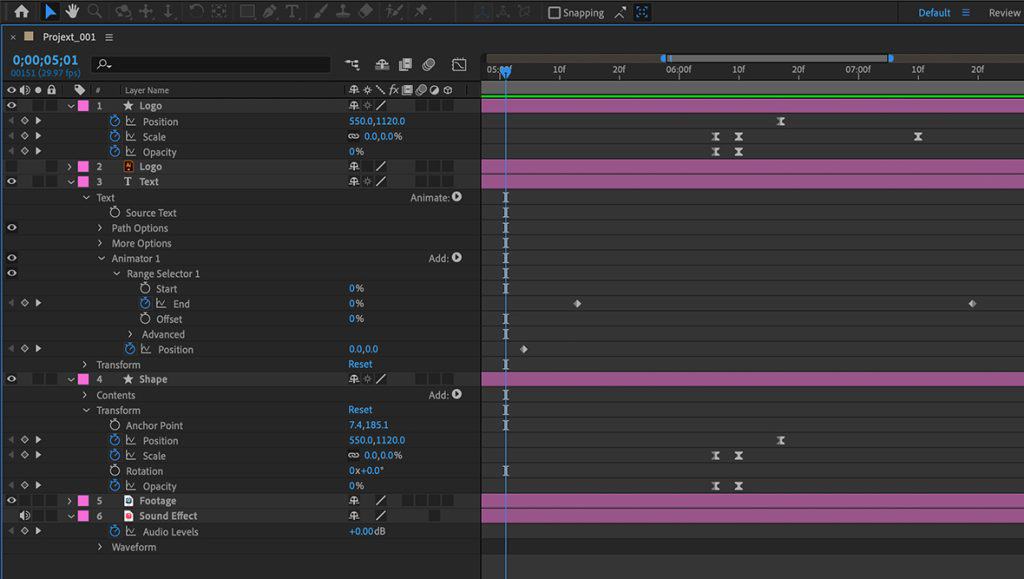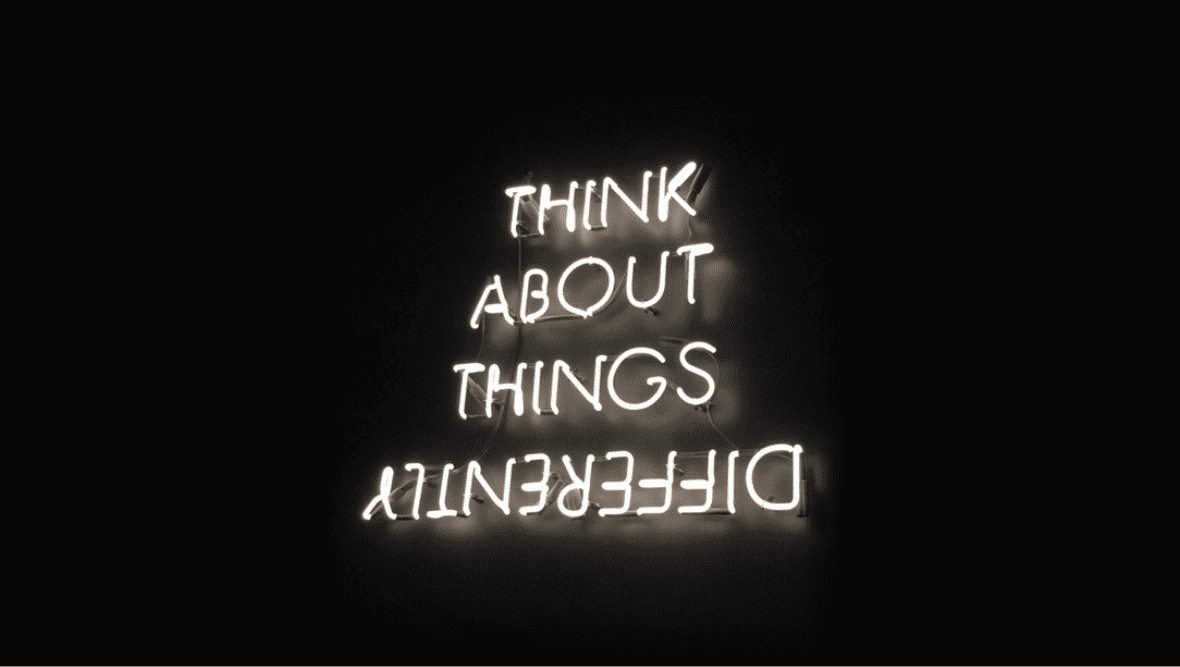
When it comes to innovation and creativity, our experts are always searching for ways to stay ahead of the pack. We asked Designer Natasha Campbell what makes animation a must-have tool in the graphic designer's kit, and how it can be used to make any brand step up their game, whatever the budget.
Why is animation important?
As the audience's appetite for video and content across all platforms increases, the importance of creating unique and interesting concepts has become a vital part of the life of a creative designer. What do we do when video shoots aren’t a viable option, or aren’t the right creative route? Animation has become a vital tool in the creative arsenal. For me, it’s helped me solve even the trickiest briefs.
I love incorporating animation into my design work because it can truly captivate viewers and excite them. It's a powerful tool for storytelling, giving life to designs and making them come alive. I also enjoy experimenting with timing motion and sound to create assets that both excite the audience and provide a memorable experience.
As a designer, learning motion has expanded my skill set while adding another layer of creativity to concept development. Thinking about how something can be brought to life through motion presents an exciting, creative challenge. In today's fast-paced world of information, especially on social media, we have only a brief moment to grab and hold someone's attention. The primary challenge is creating content that is scroll-stopping and engages the audience.
After Effects offers countless possibilities, making it both exciting and occasionally frustrating (pressing a button can lead to unexpected results), but its many features are a valuable resource.

Creating the right storyboards
Before I begin storyboarding, I consider the platform where the video will appear, its purpose, and the target audience. These questions provide the basics I need to cover. Once I have this information, I start mapping out frame by frame how I want each element to move. While I may have numerous ideas for how an element should move, I must also consider how it fits into the overall sequence. During this phase, I explore music if it is required.
Storyboarding is a crucial part of the process for me. It's where I organise all my ideas into a coherent sequence that tells a story from start to finish. Storyboarding is essential for helping clients understand our objectives. Moreover, it's easier to make changes to a storyboard than to modify an animation that's already in progress.
Finding the right animation for a brand
Motion allows us to infuse a brand's personality into the asset. With numerous possibilities for creating animations and videos, it's easy to overcomplicate things. However, it's important to avoid clutter and stay true to the brand's personality and tone of voice. A bold and powerful brand might benefit from quick, snappy animations, while a more softly spoken brand could benefit from smoother, subtle animations.
Telling stories through motion
Motion in design enables us to convey more information and create more space within an asset compared to a static image. This allows us to present a greater amount of information in a shorter time frame and can bring otherwise mundane information to life, making it more engaging.
My favourite form of motion is kinetic typography. Pairing a strong typeface with the right tone of voice, music, and message is a powerful way to communicate with an audience. But it’s just one of the tools that we use in our creative team - there’s always a new and exciting style to learn and find the right moment to try it on a new project.
Thinking about how animation can work for your brand?
Whatever your brief, whatever the budget, get in touch and let our creative team work with you to find out how motion can elevate your brand.


